A little over a decade after the Wright brothers first took to the skies, the first world war broke out. The war to end all wars wouldn’t be the last. In 1939 a bloody battle ensued, leading to a race for air supremacy that the Allies would ultimately win. These are the best-Allied aircraft of WW2.
Heroic dogfights blazed across the skies filled with fighter aircraft seeking any advantage. As undesirable as it sounds, WW2 Military aircraft pushed the advances of aviation. By the end of hostilities, piston driven propellors were set to make way for jet power. But, legends such as the Supermarine Spitfire were not the only Allied planes to fill the skies.
Of equal importance, multi-engined bombers, transports, and reconnaissance aircraft blazed a trail for faster and heavier aircraft. The world of military aviation hasn’t stopped evolving since.
10/10 Douglas C-47 Skytrain
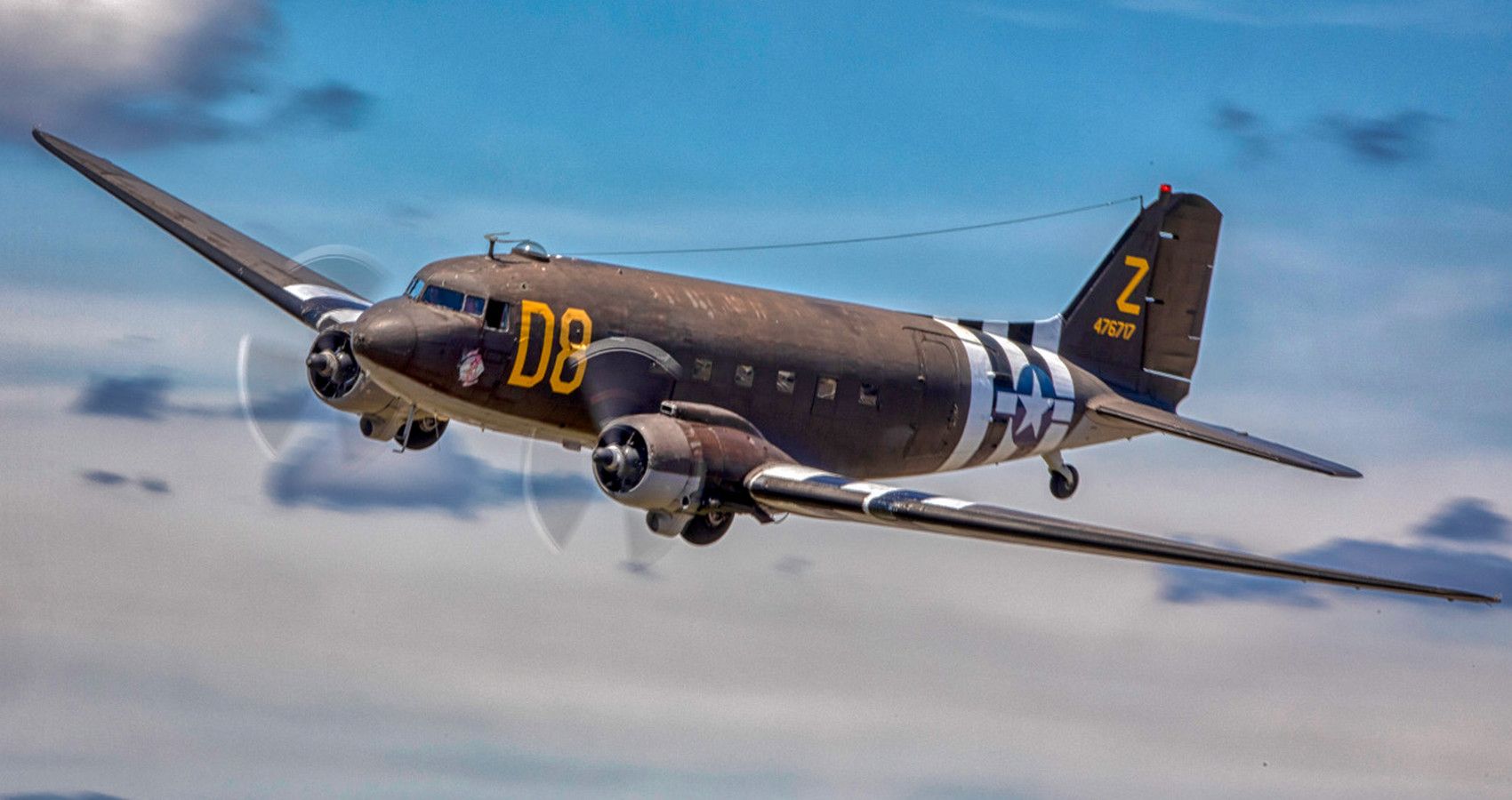
Fighters and bombers claim all the glory. But, had it not been for the Dakota, most of the Allies’ European operations wouldn’t have been possible. From airliner to military transport, the C-47 needed few changes, save for a new seating plan and a cargo door.
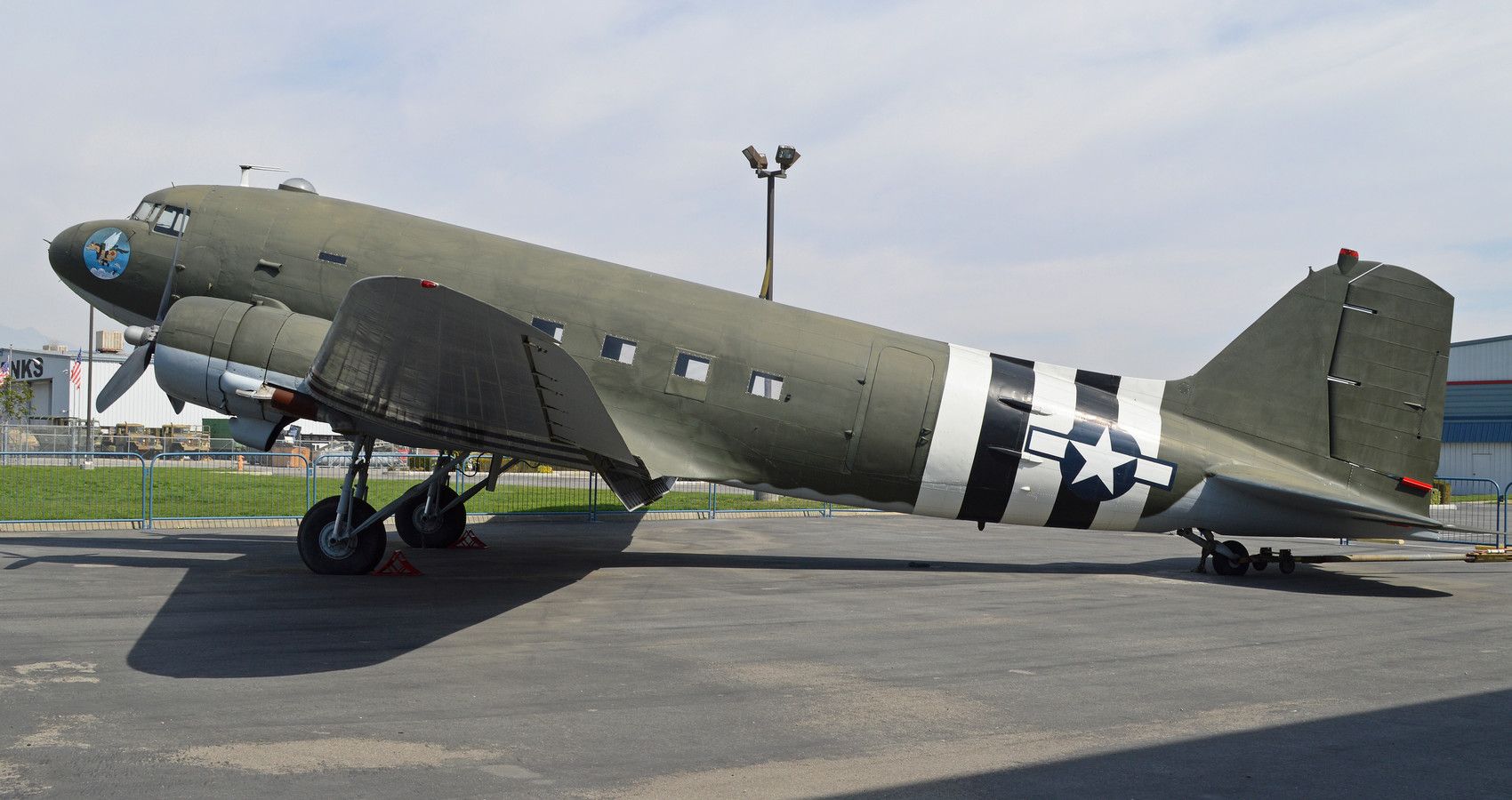
On entry to service, the C-47 Dakota upgraded and transformed Allied logistics operations. Cargo hauler, troop transport, and glider tug, the Dakota was the king of the skies. It’s easy to forget this workhorse owes its success to a civilian design and still flies today.
9/10 Fairy Swordfish
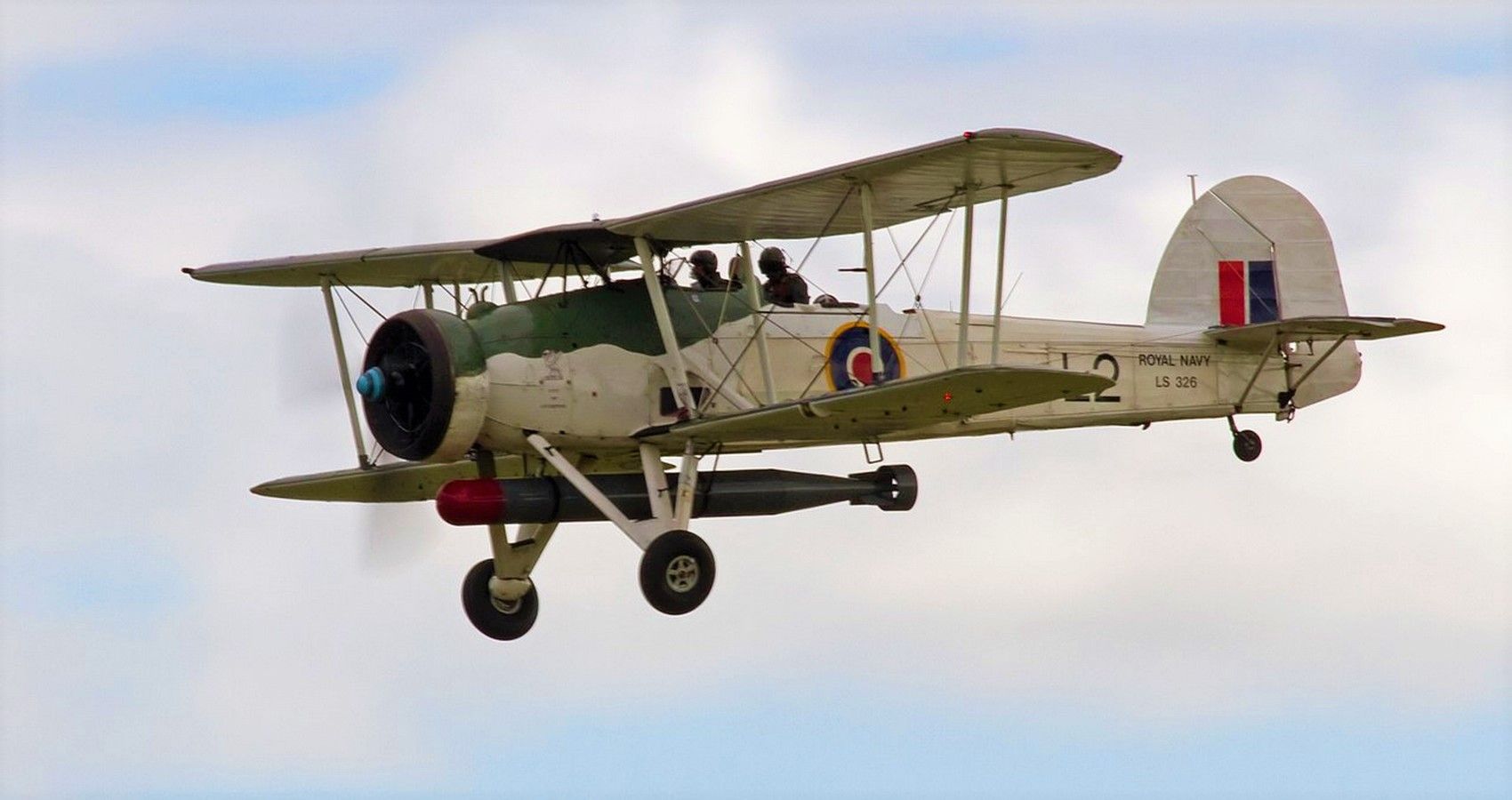
Bismarck, Dunkerque, Conte di Cavour, Duilio, and the Littorio, all met a similar fate. Attacked by carrier-based torpedo bombers of the Royal Navy that belonged in a museum. The Fairy Swordfish was a WWI design of fabric, wood, and wire, that ranks as one of the best torpedo planes of all time.
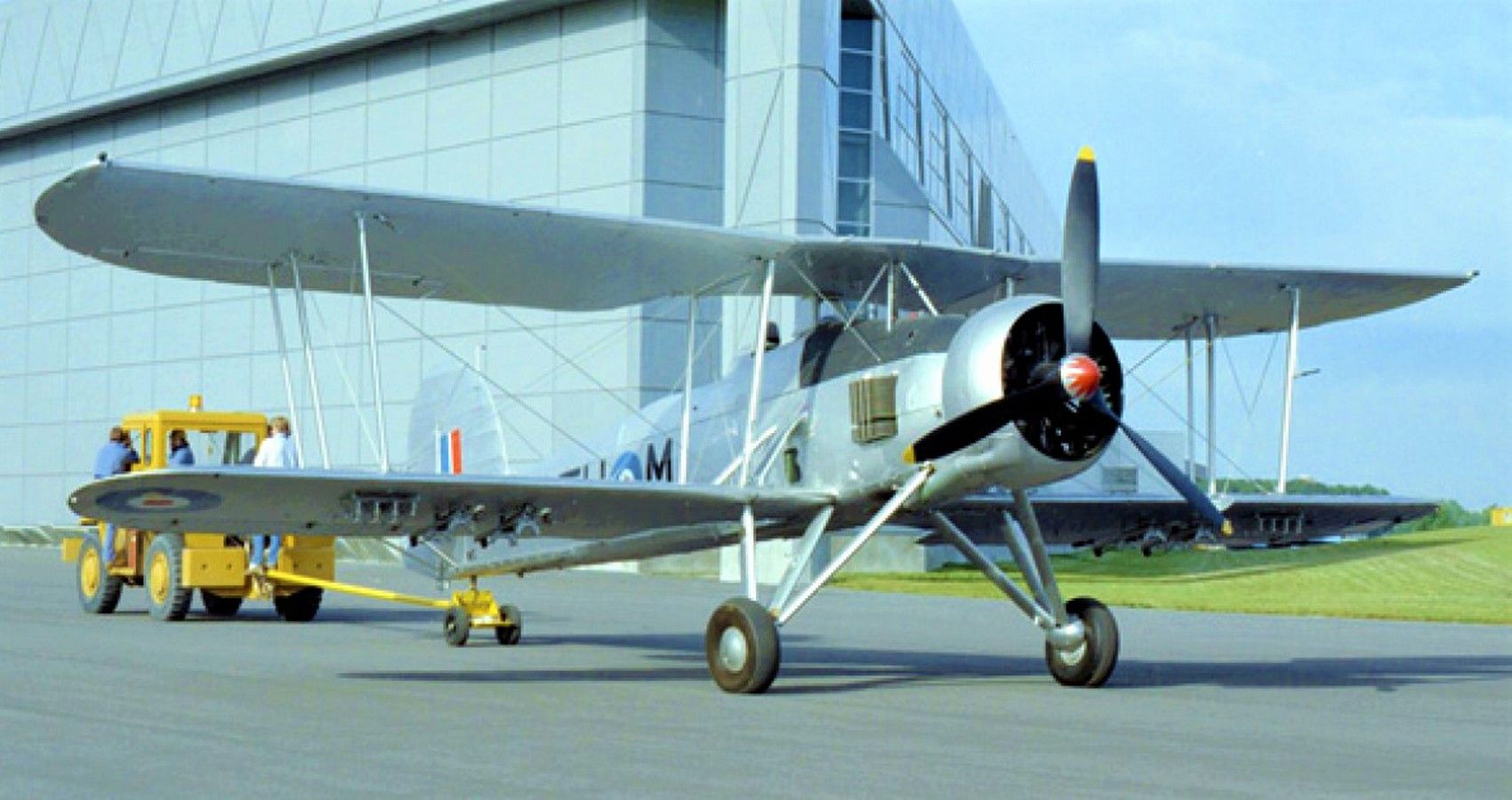
The secret of its success was down to its aged design. Slow and unprotected, the Swordfish flew so low that enemy AA guns had trouble targeting the plane. Those that could, would find shells flew in one side and out the other. By the end of 1945 Swordfish was in use, hunting both surface ships and submarines.
8/10 Hawker Typhoon
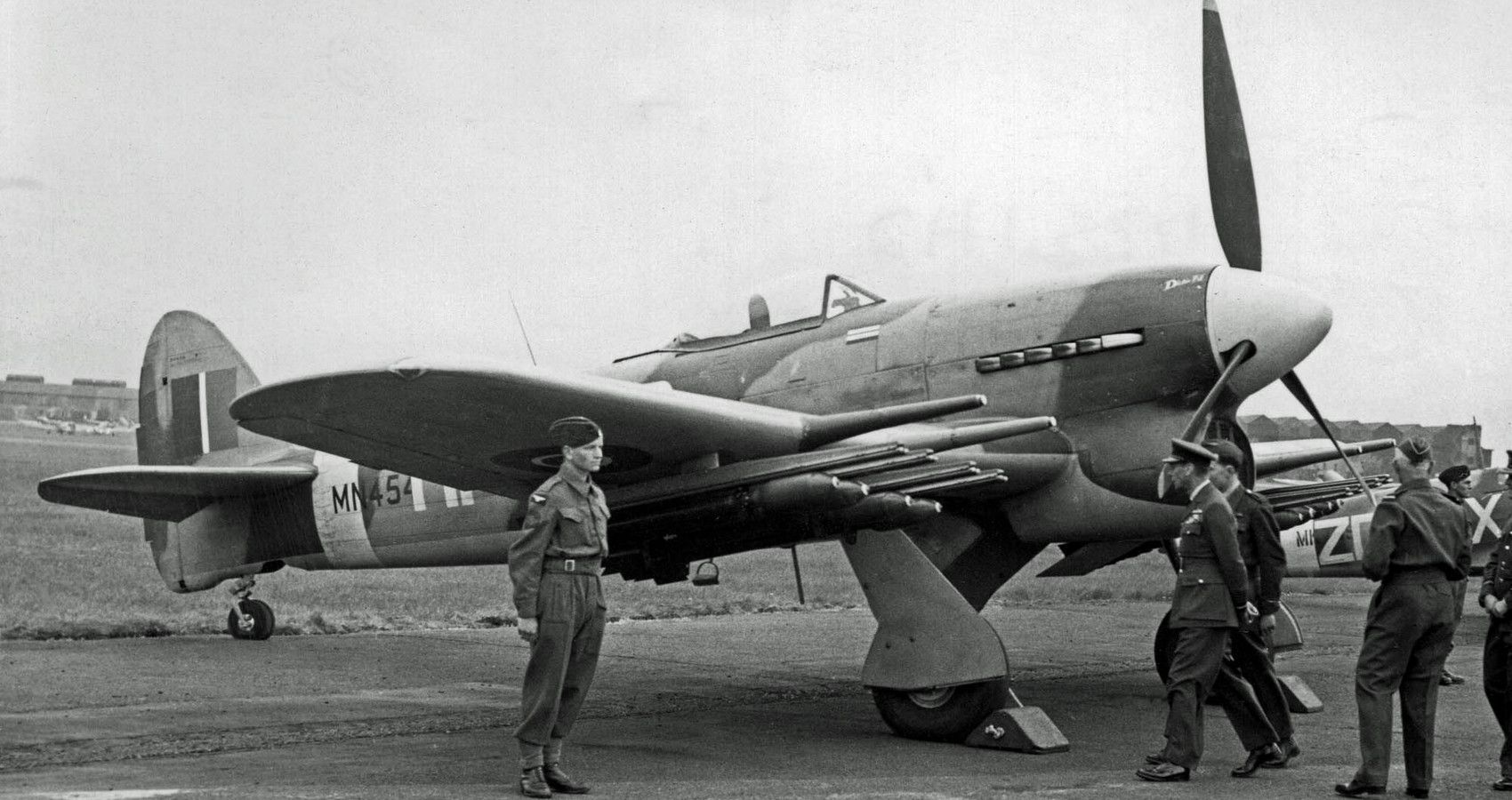
Intended to bolster RAF fighter squadrons, the Typhoon was a medium-altitude interceptor. Yet, the Typhoon’s greatest WW2 contribution came at the lower levels. Operating low-level strikes against armor, the Typhoon was a formidable ground attack platform.
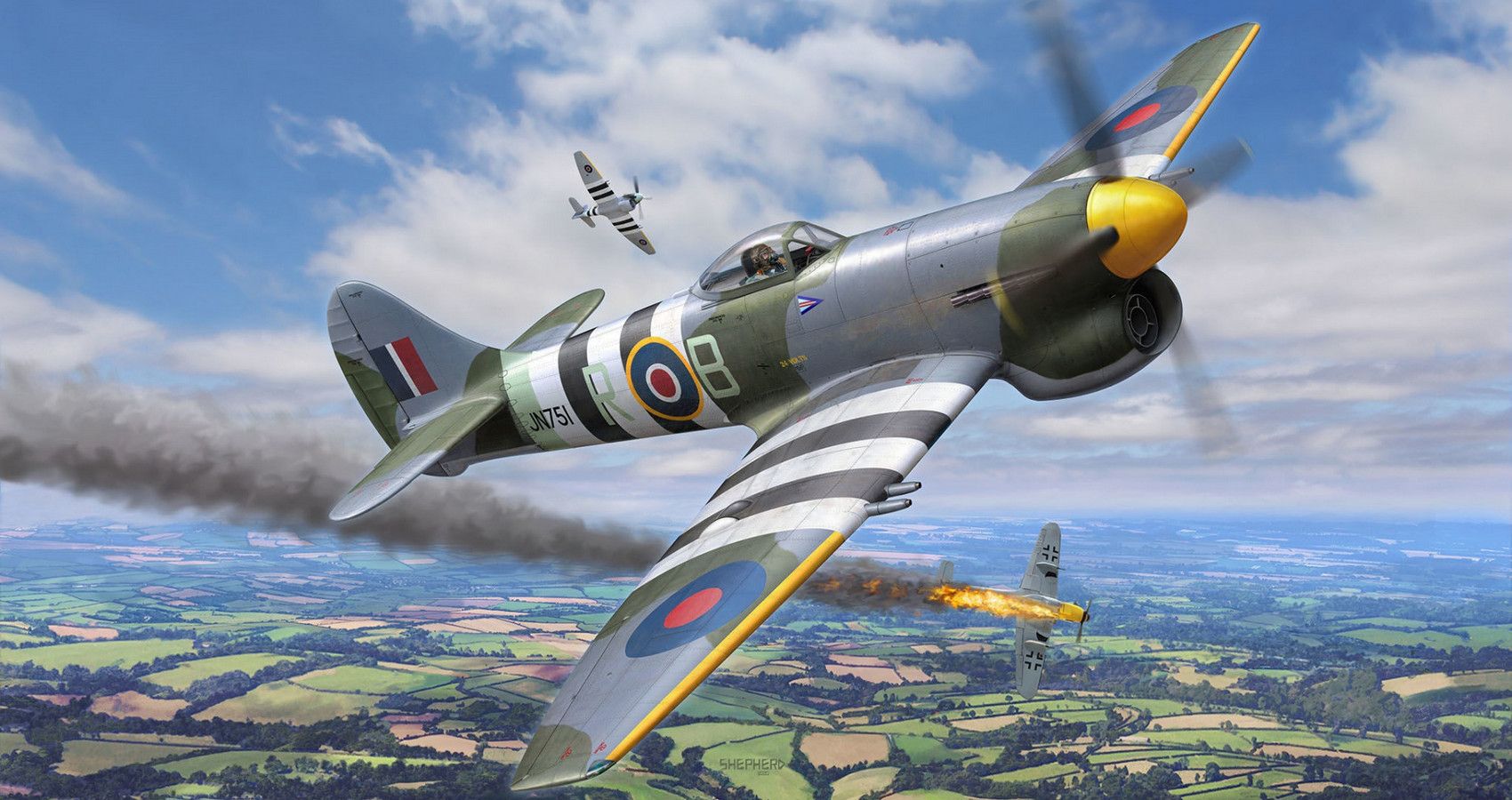
Unlike its peers, the Typhoon used a Napier Saber H-24 liquid-cooled engine kicking out 2180 hp. More power enabled the Typhoon to carry a mixture of canons, rockets, and free-fall bombs. By the end of 1945, it’s believed Typhoon pilots fired over 1 million 4.5-in rockets.
7/10 Yakovlev Yak-9
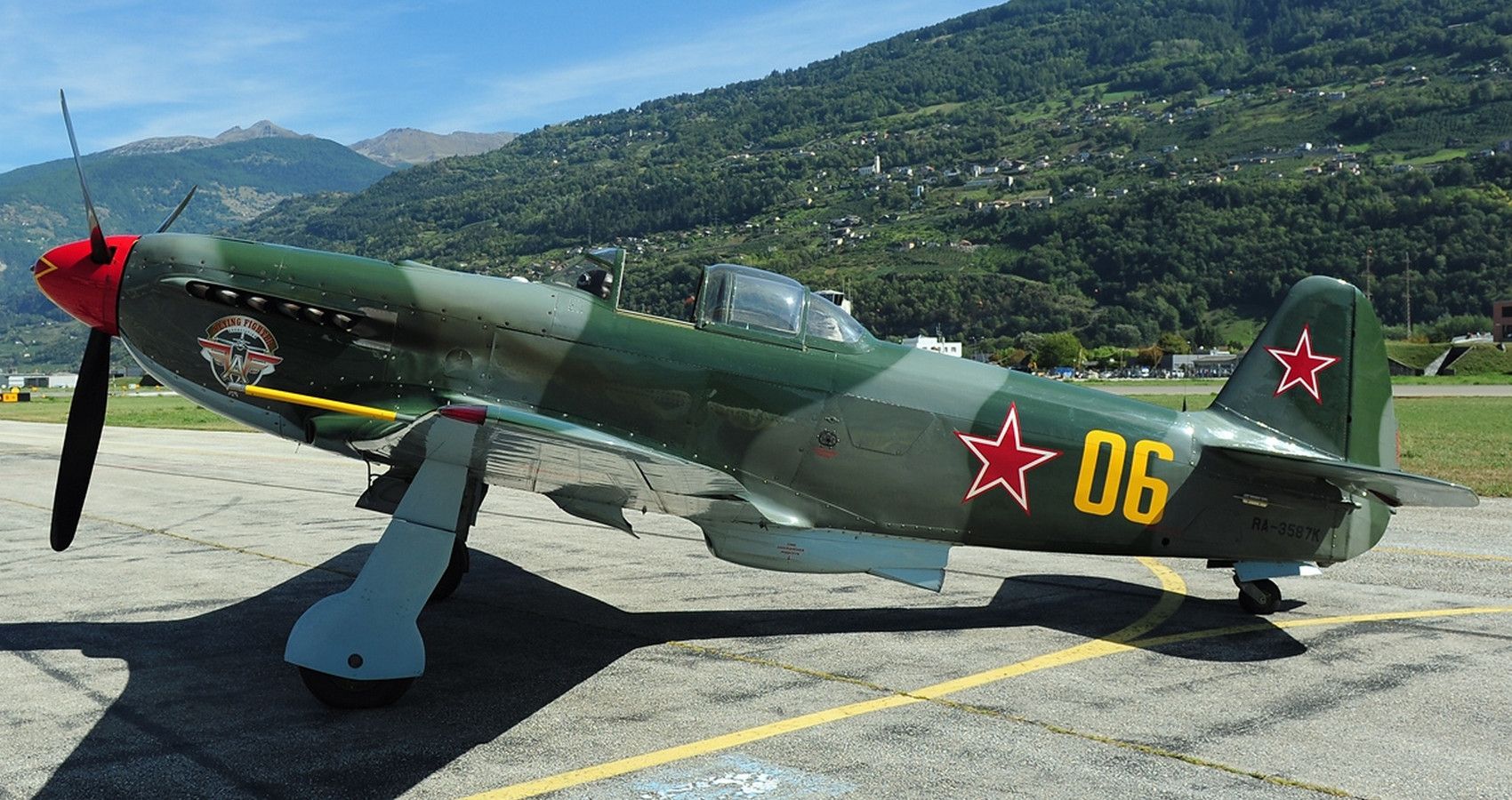
A change of sides in mid-1941 brought the might of Russia’s air force to bear on the Germans. Initial clashes between Russian Yak-9s and Focke-Wolfe’s 190s didn’t go well. Yet, with time came experience, and the Yak-9 pilots soon turned the tables on the Luftwaffe.
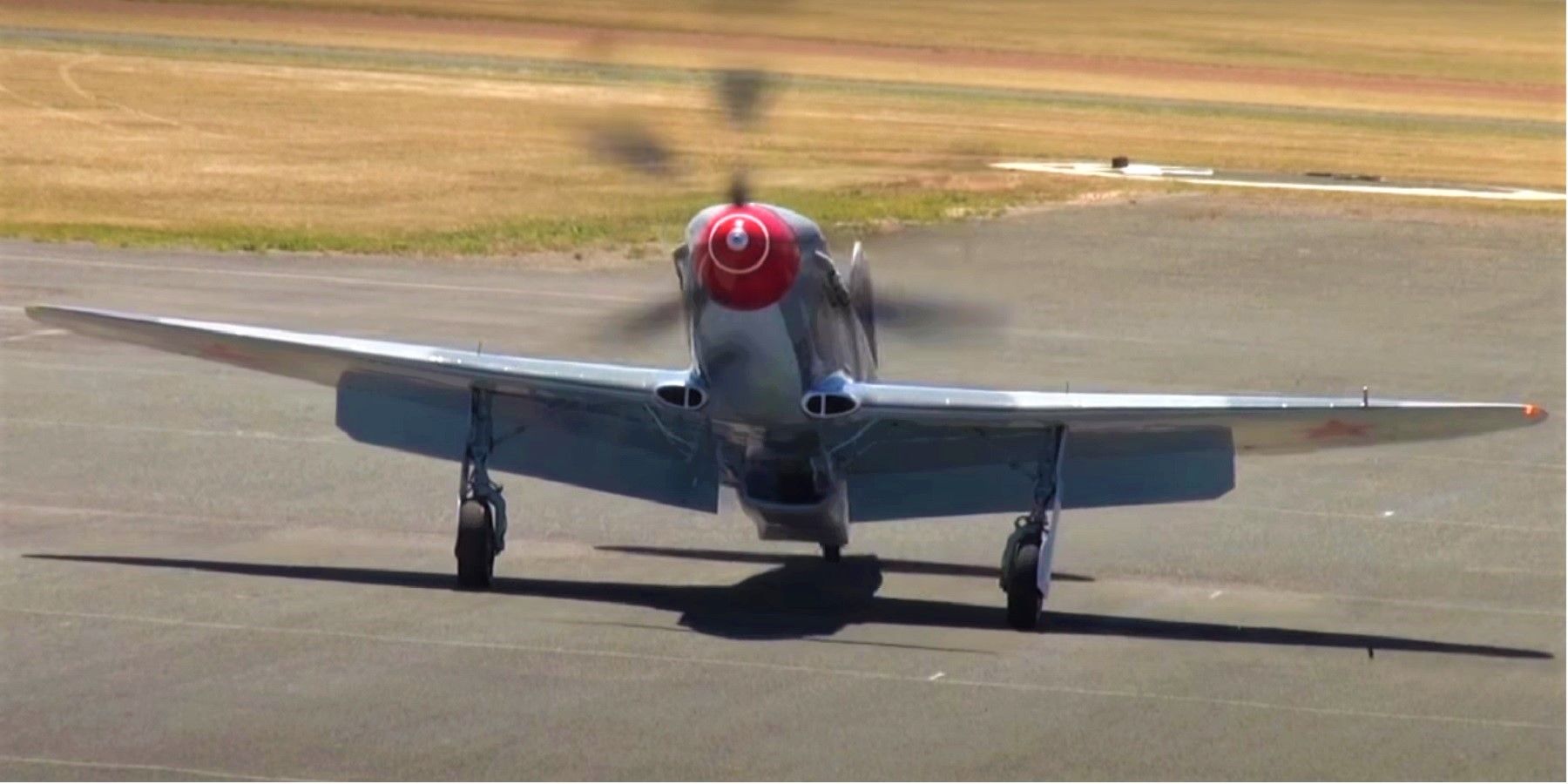
Despite a smaller airframe at 28 feet, the Yak-9 packs an impressive punch. Upfront power comes from a Klimov VK-107 V12 engine cranking out 1500 hp, giving the Yak-9 a combat speed of 420 mph. For the most part, the Yak-9equipped with twin 20 mm cannons were outgunned. However, the arrival of the Yak-9T tuned the tables adopting a 37 mm cannon able to down planes with ease.
6/10 De Havilland Mosquito
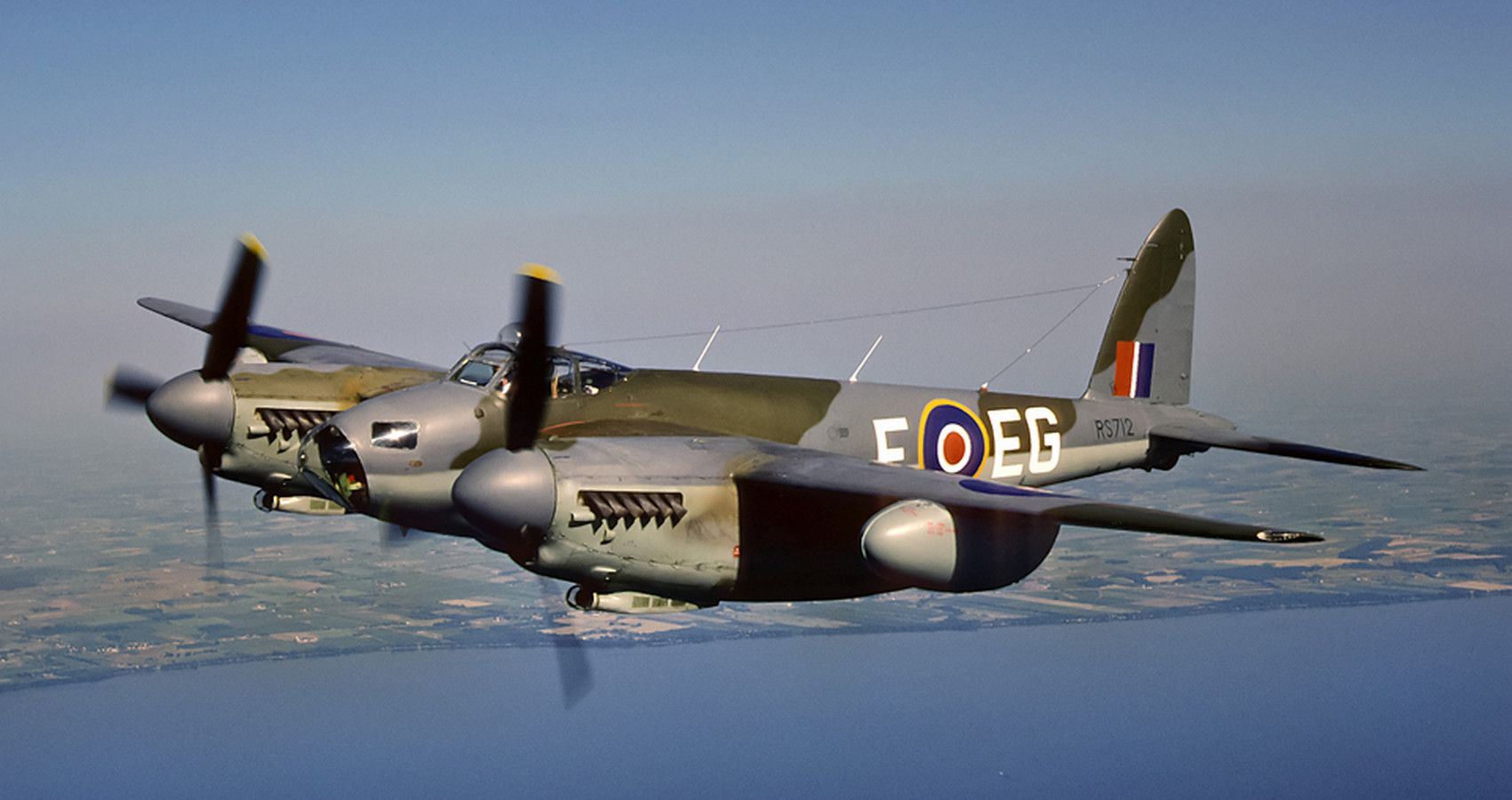
Wood, glue, and two Rolls-Royce engines would in time merge into the fastest bomber plane of WW2. Yet, the Mossie as it became known was more than a twin-engine bomber. Over time adding reconnaissance, night-fighter, and anti-submarine roles to its repertoire.
The path from prototype to one of the greatest planes of WW2 wasn’t a smooth one. However, once operational De Havilland couldn’t keep up with demand. Among its almost unbelievable daring sorties, was the raid on Amiens prison. Operation Jericho made up of 18 Mosquitos displayed precision bombing as low as 50 feet. Breaching the walls freeing captured resistance fighters held within.
5/10 Avro Lancaster
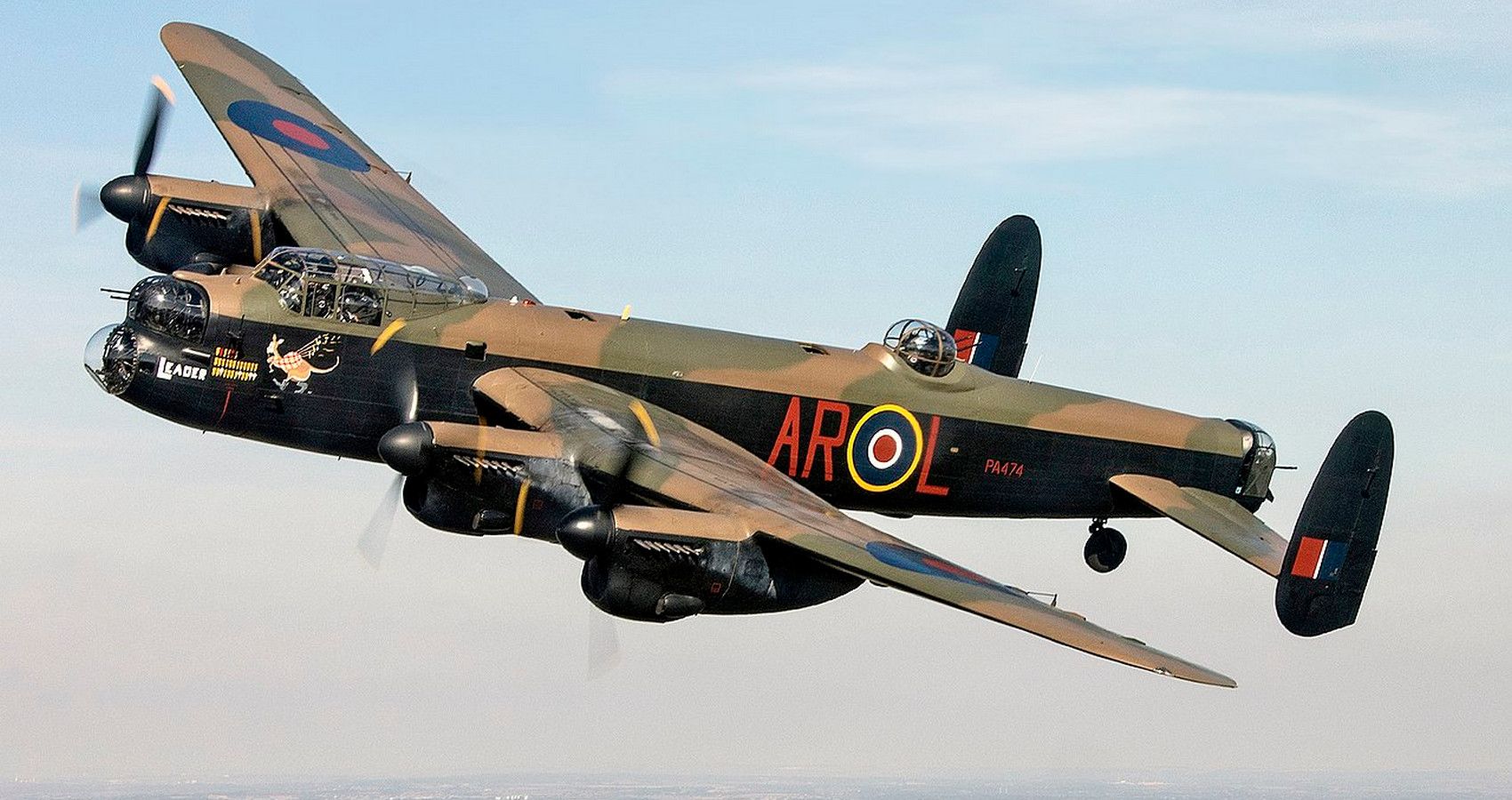
A stalwart of RAF Bomber commands four-engined heavies, the Lancaster served from 1942-45. Before its introduction, the RAF lacked a fast heavy bomber with enough range to be effective. That changed in 1942, with four RR Merlins, the Lancaster carried the heaviest payload during WW2.
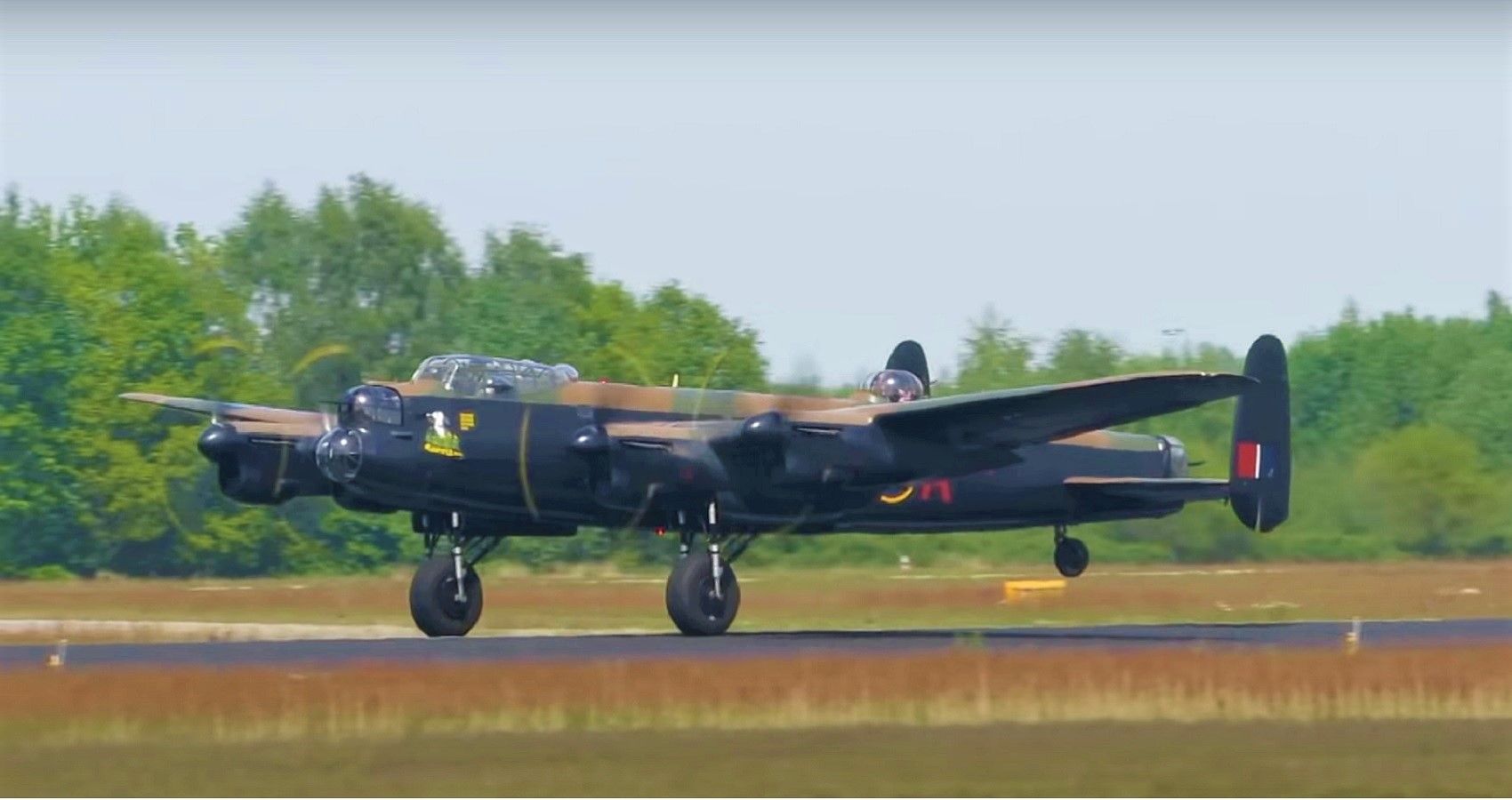
In a standard configuration that translated to 16,000 lbs of mixed free-fall munitions. But it’s the “specials” that make Lancaster a winner. Modified to carry the upkeep bouncing bomb, Tallboy and Grand Slams pushed payloads to 22,000 lbs.
4/10 Boeing B-17 Flying Fortress
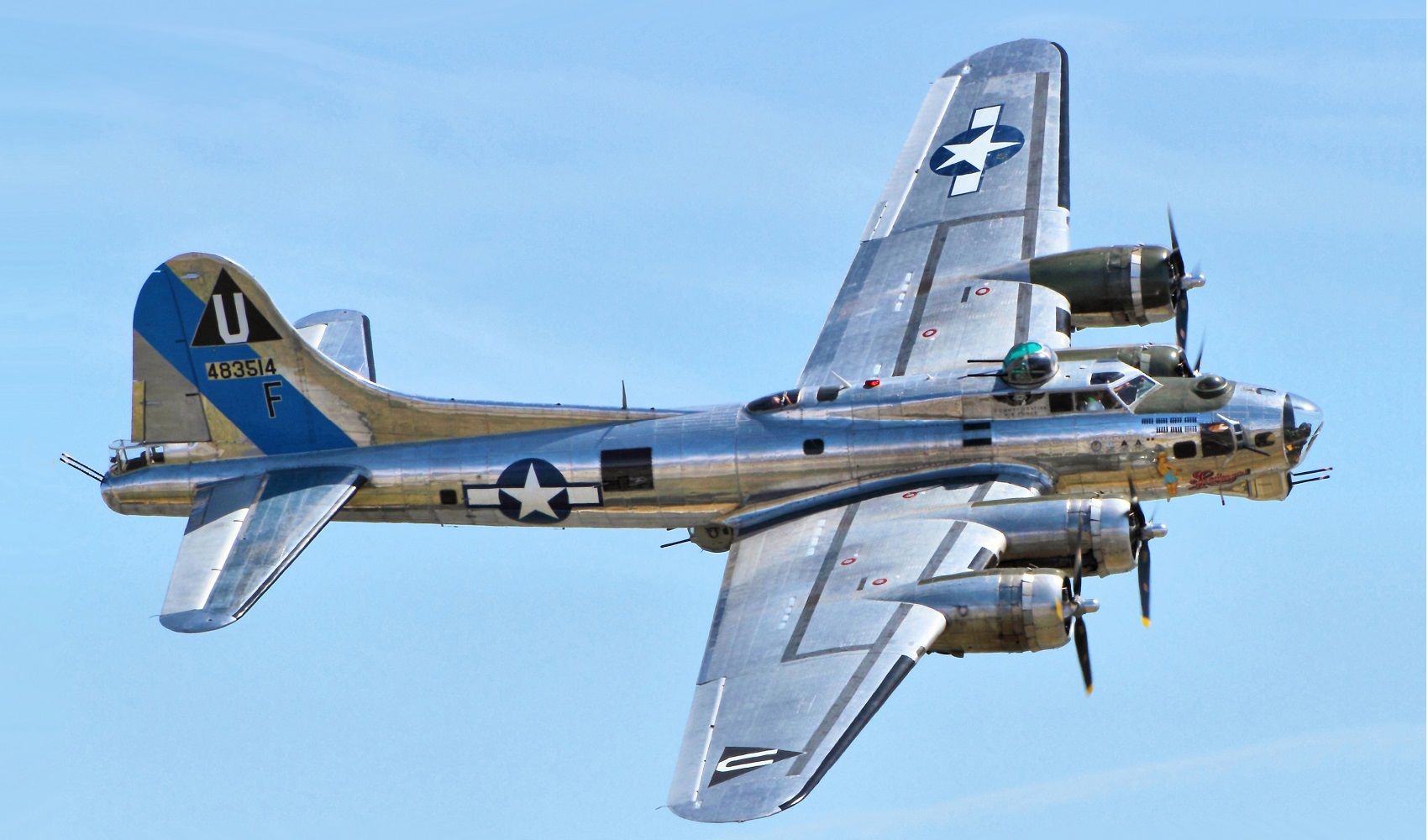
Taking to the skies in 1938, the B-17 used a different approach, sacrificing payloads for guns. Armed with thirteen 0.5-in Browning machine guns is how the Fortress got her name.
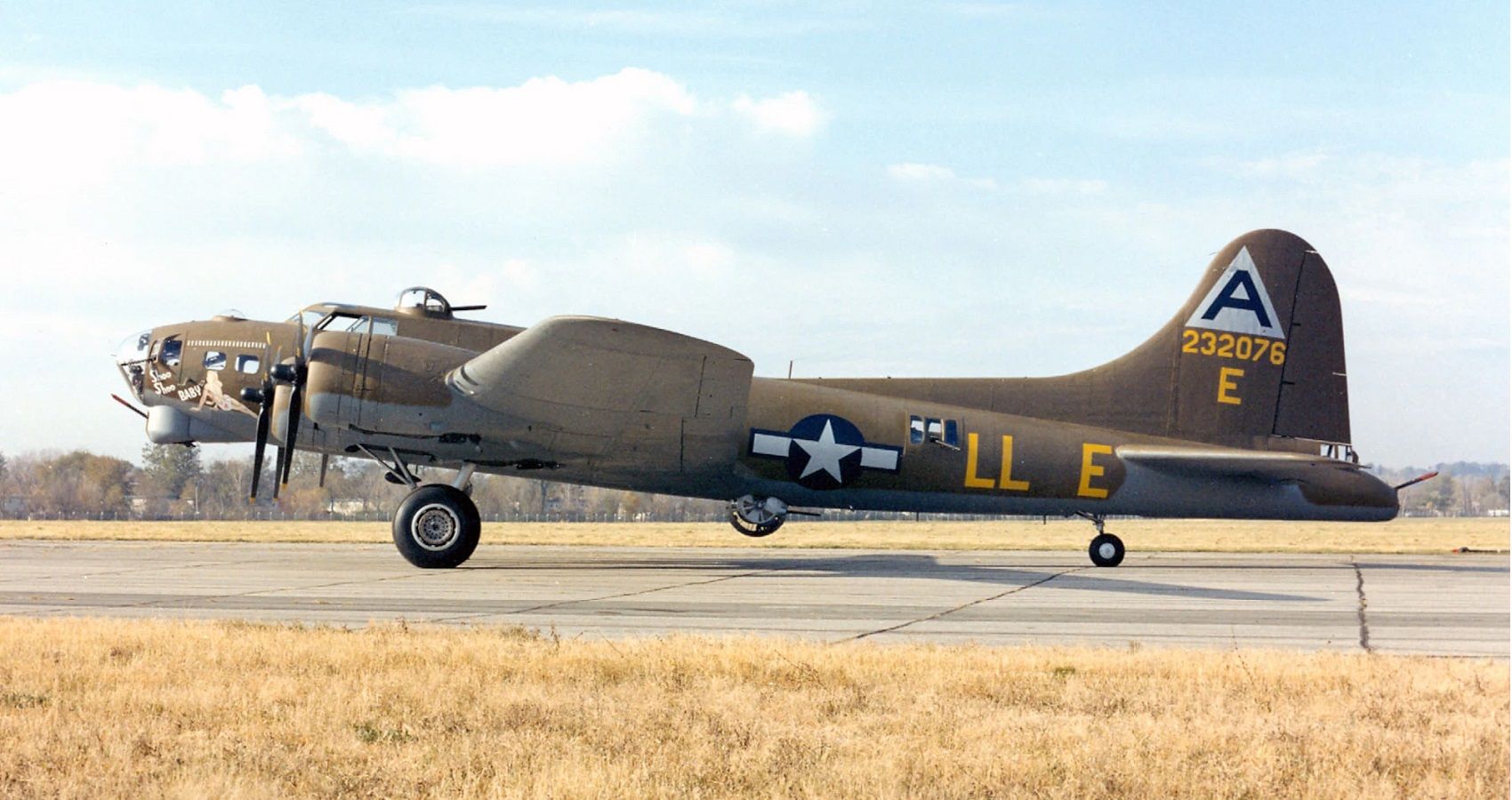
By the time the US entered WW2, the B-17 was no longer the benchmark for four-engined heavies. Defensive guns or not the B-17 was vulnerable to modern axis fighters. These vulnerabilities led to the loss of 4735 aircraft and crews. Yet, the B-17 could take a serious beating, stories of missing rudders, and wing parts are common.
3/10 North American P-51 Mustang
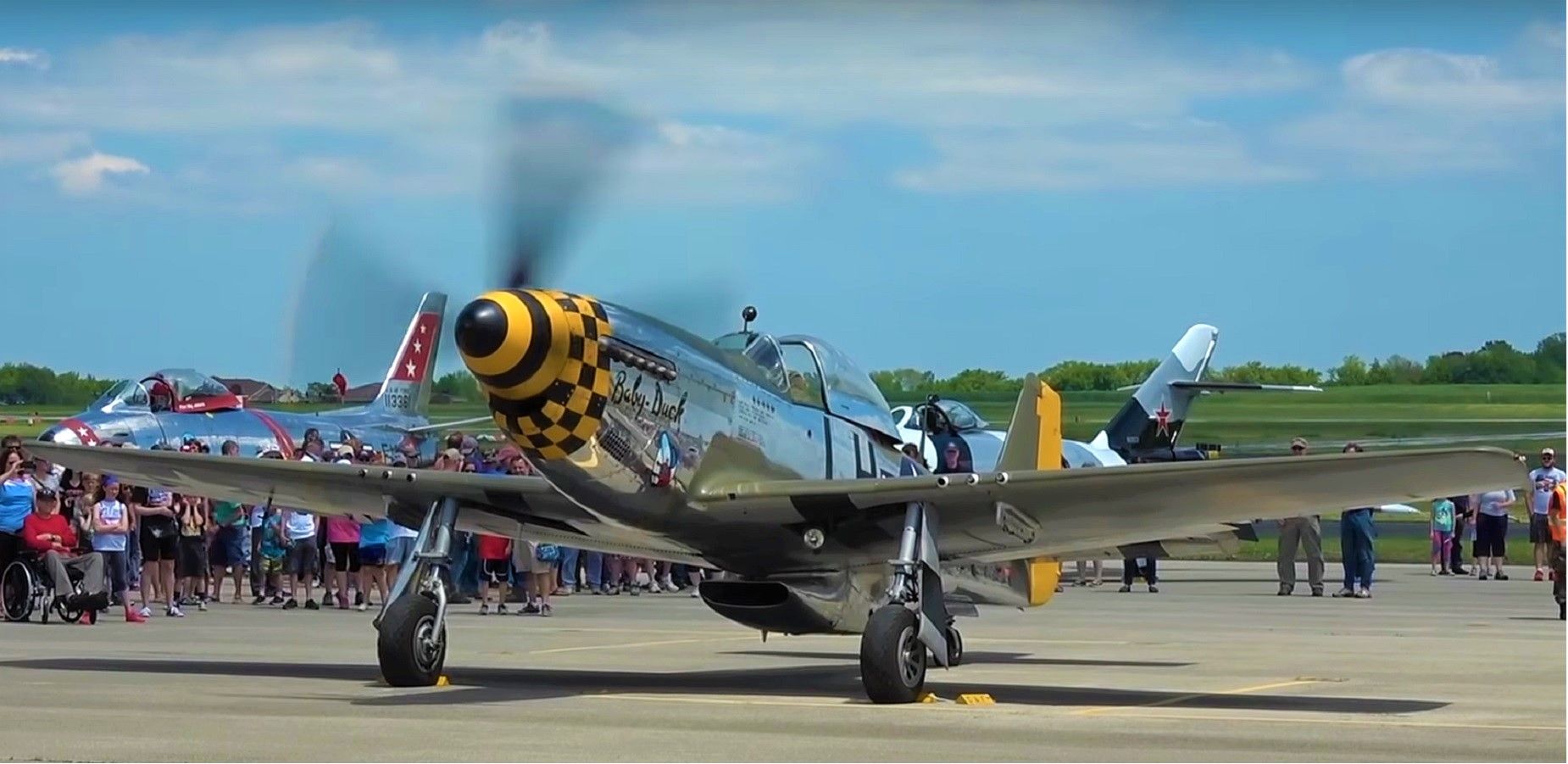
The P-51 Mustang tipped the balance over Europe. Extended ranges put the Mustang over Germany protecting vulnerable bombers formations. As a result, Allied bomber losses diminished overnight.
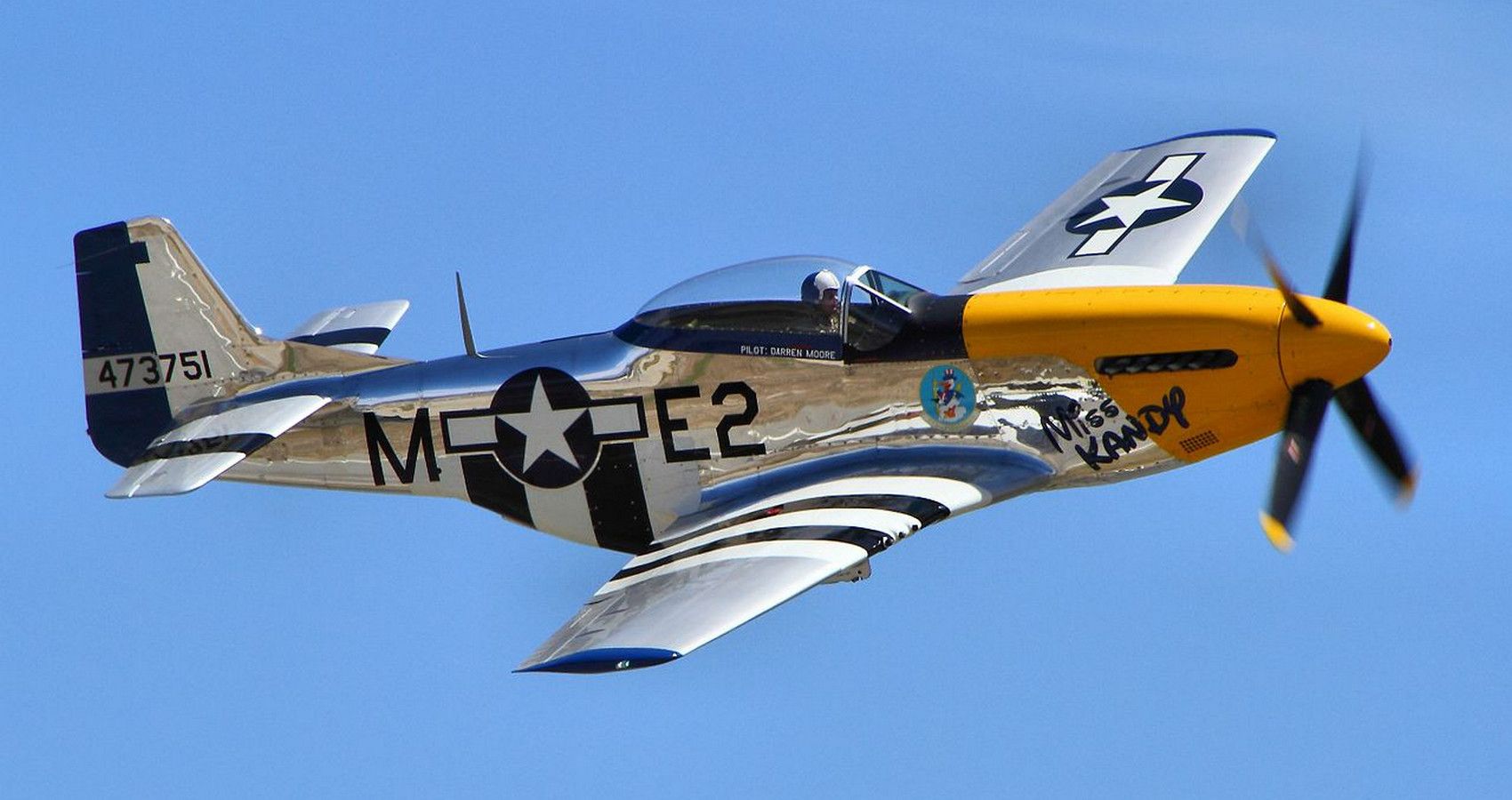
While the fastest title eluded the Mustang, the aircraft deserves its status as one of the greats. Powered by a license-built Rolls-Royce V12 engine the P-51 topped out at 420 mph with a usable range of 1650 miles. The last of these famous warbirds remained in service until 1984.
2/10 Grumman TBF-1 Avenger
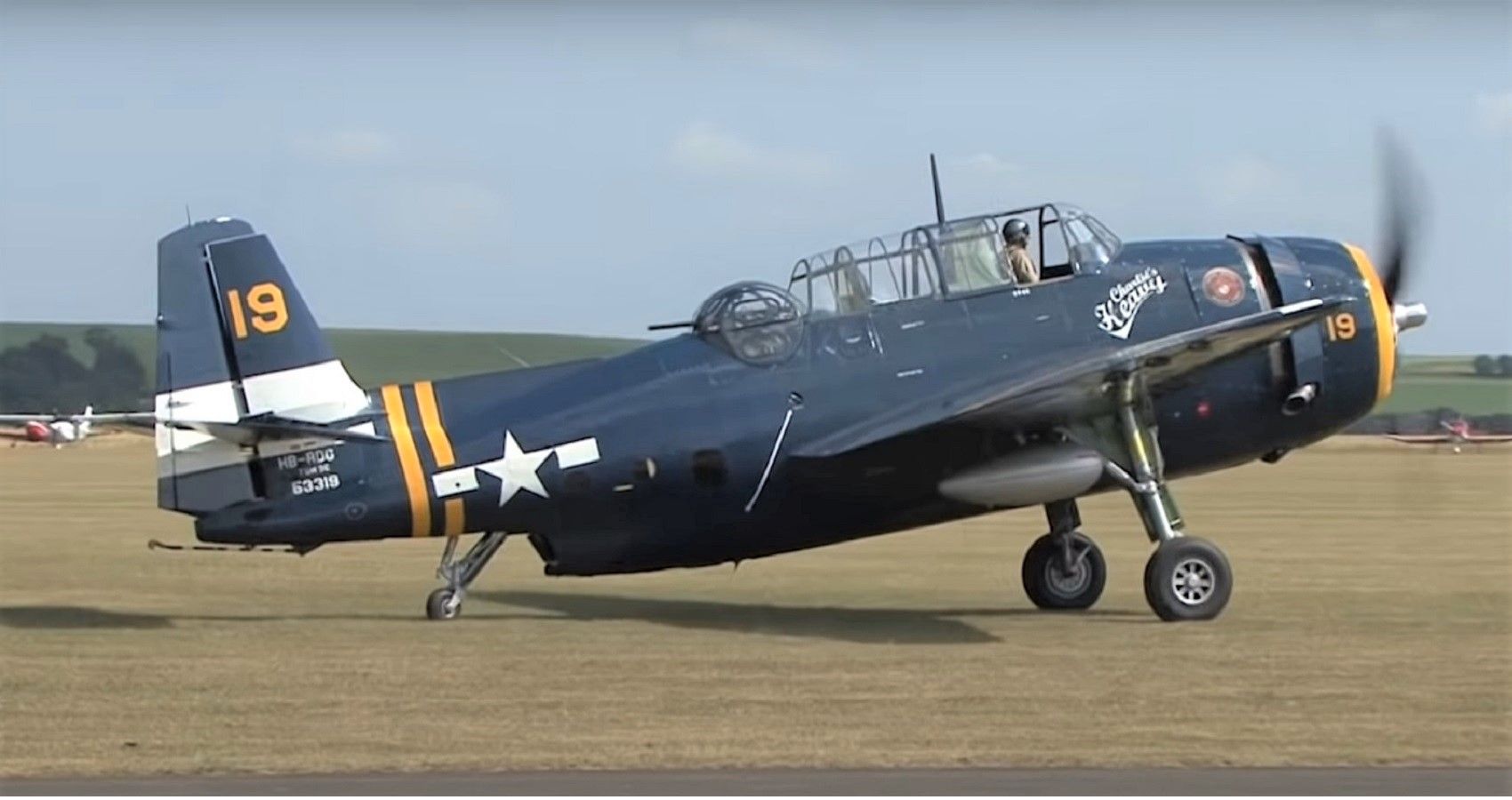
Japan’s surprise attack on Pearl Harbor changed the face of naval warfare forever. Carriers took over the frontline with their dive bomber and torpedo planes. It was on that very day Grumman unveiled their TBF Avenger. The TBFs role would be a crucial one, over time sinking 30+ submarines and playing a part in the IJNs defeat.
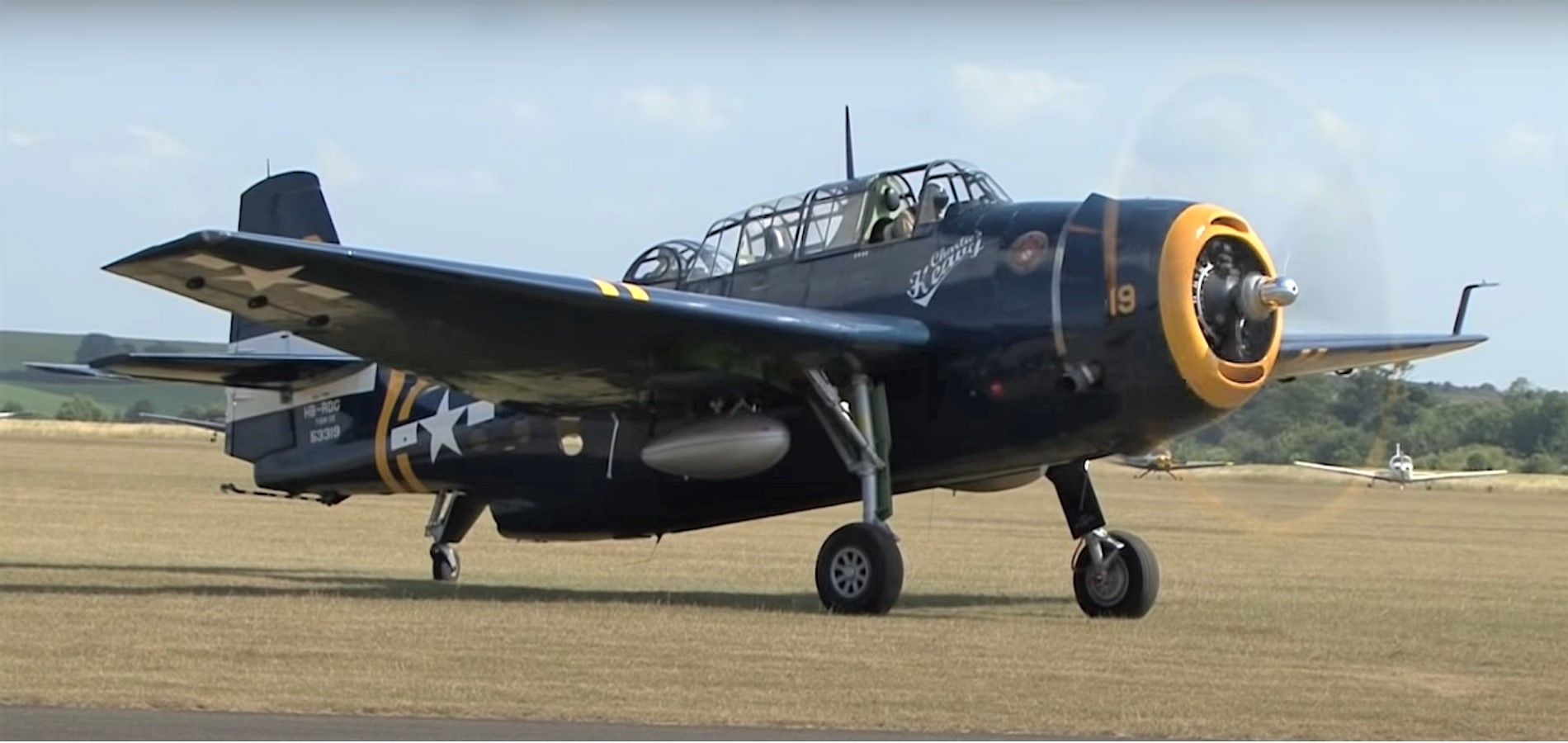
The very idea of skimming the waves on an attack run is insane, at these levels aircrews were sitting ducks. Once the Mk.13 torpedo was away it was time to throttle up the Wright R-2600-8 Twin Cyclone engine and head skywards. Despite the risks involved, the Avenger is one of the most effective torpedo planes of WW2
1/10 Hawker Hurricane
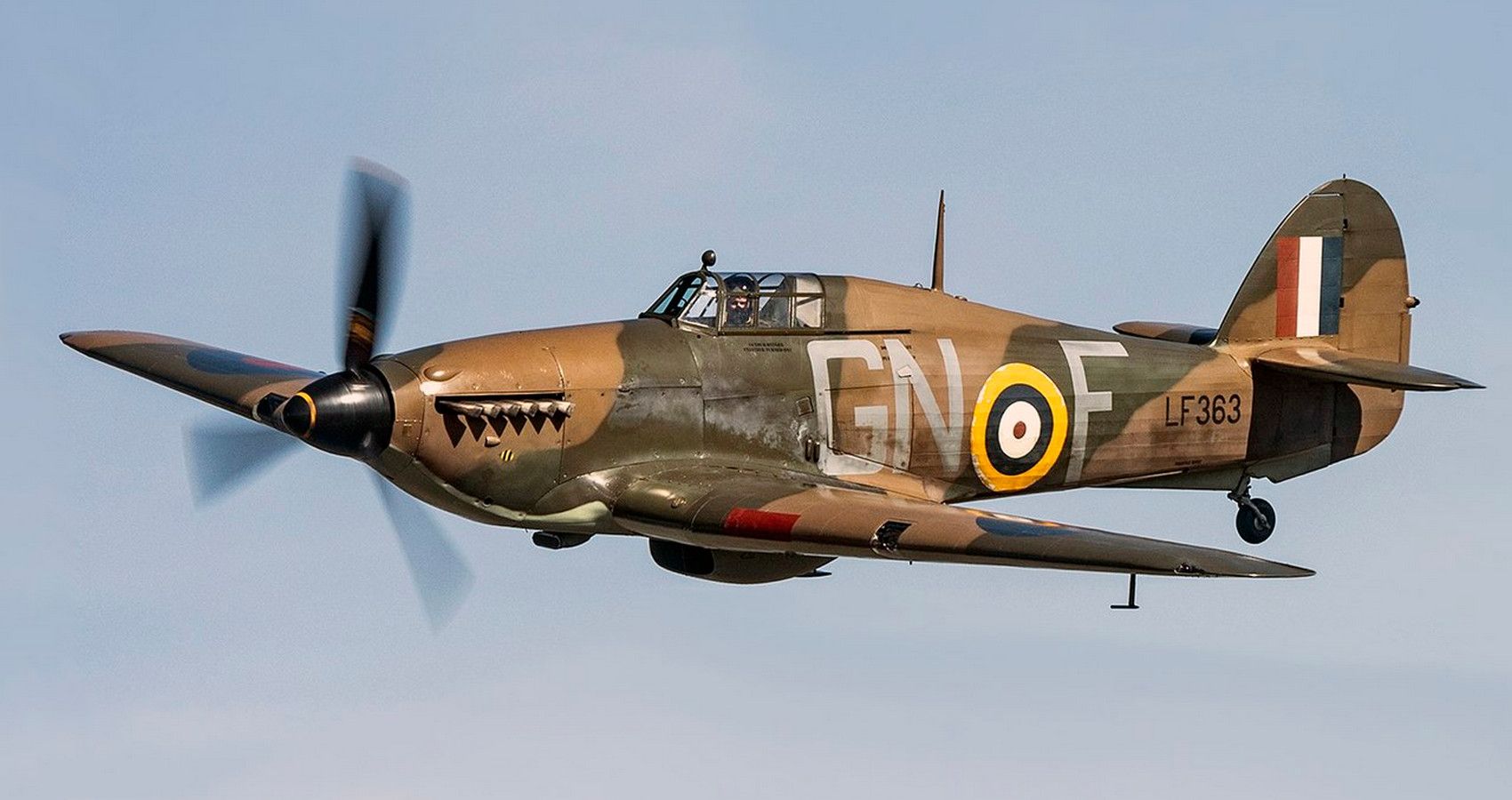
The Spitfire won the Battle Of Britain? In reality, the number of units deployed tells a different story. Equipping 33 squadrons with 1715 aircraft, Hurricanes were the most numerous fighters used.
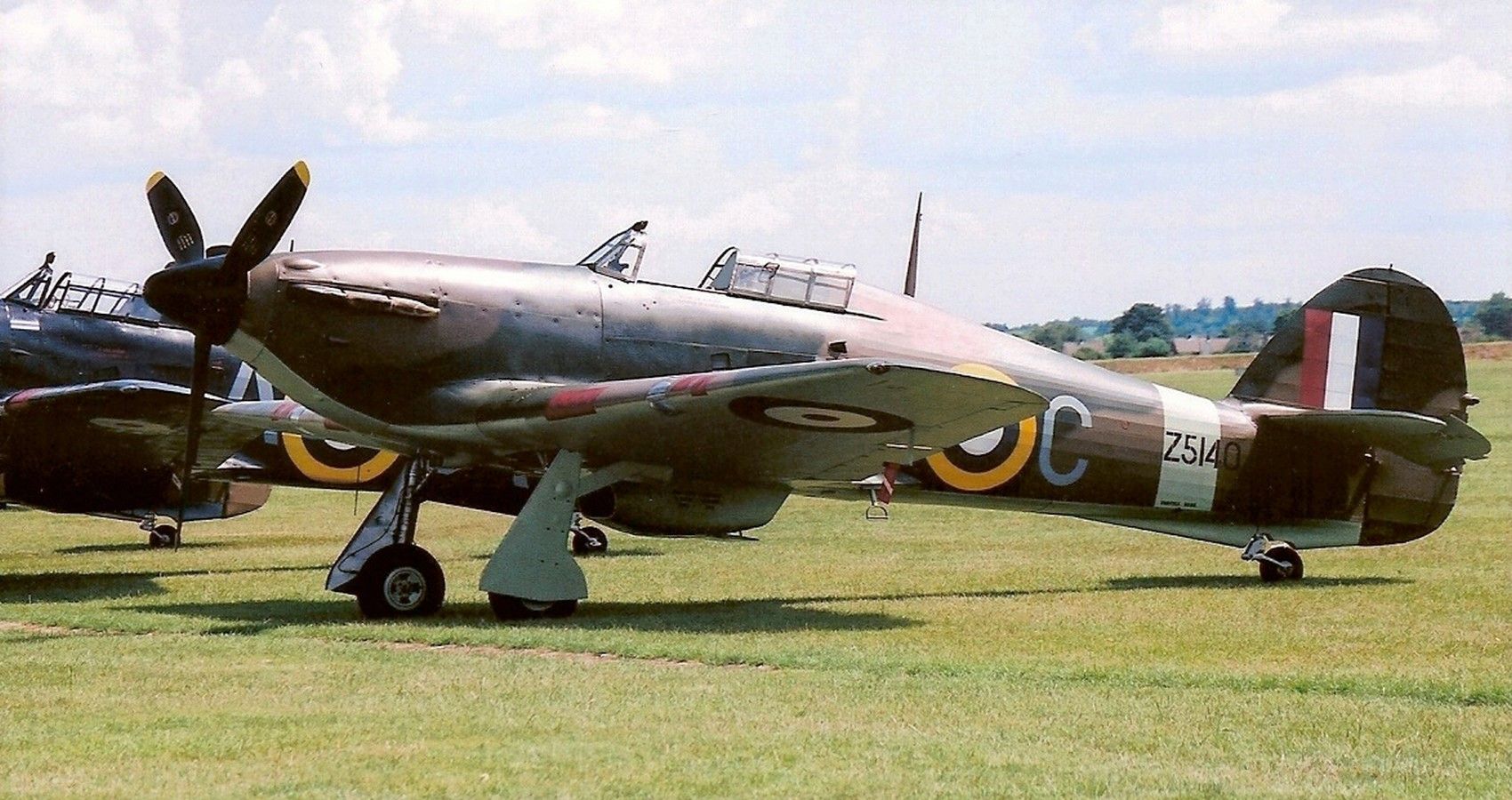
Often overlooked the Hurricane had several advantages over its more famous counterpart. Using a simple metal frame, wood, and fabric skin, the Hurricane is easier to service. It was also a more forgiving fighter in use and proved itself a very stable gun platform.





